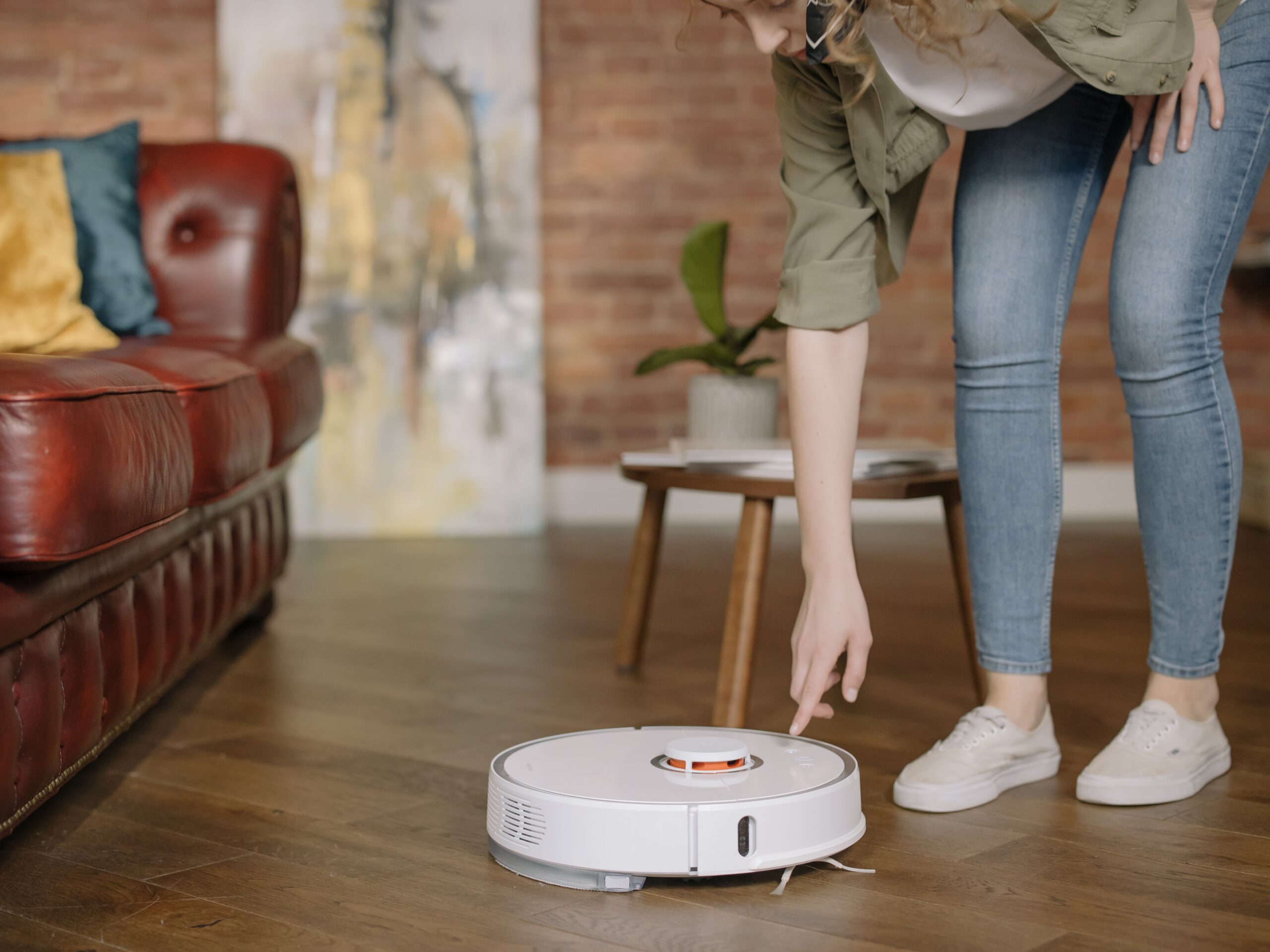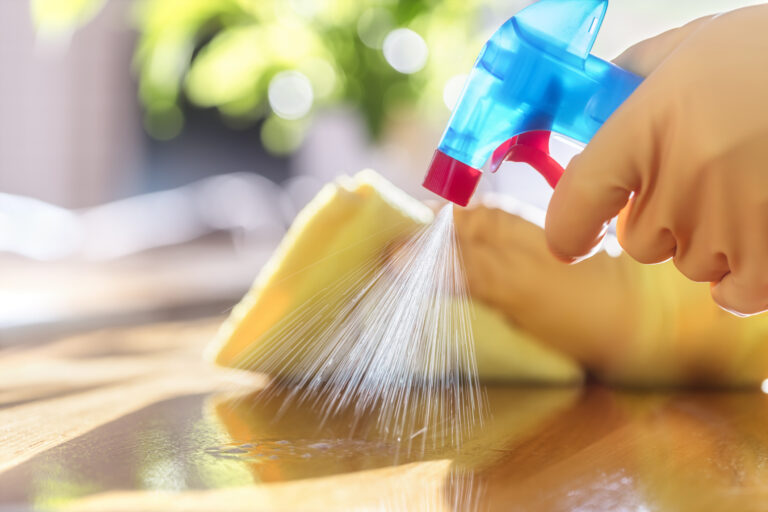How to Clean a Robot Vacuum?
Robot vacuums do the dirty work while doing something else, which many of us appreciate as we spend more time at home. But even intelligent voids require upkeep to stay smart. These machines must be free of debris to ensure smooth navigation and powerful suction.
Robot vacuums have many moving parts. Fortunately, routine maintenance is simple and easy to keep up with. Most robot vacuums include a cleaning tool that combines a blade, comb, and brush. Then take a microfiber cloth and get to work. Learn how to clean a robot vacuum, how often to clean it, and which parts to replace.
Empty the robot vacuum dustbin
Dustbins collect vacuumed debris. A full dustbin hinders suction, so empty it after each use. Letting the machine run again risks the bin partially filling during the next cleaning, making the rest of the cycle less effective. Some people, especially pet owners, find it helpful to empty it mid-cycle because hair quickly fills the bin.
Dustbins are usually located on the machine’s back underside or top center. Release the dustbin, pulling it straight out to avoid debris falling out. Open the dustbin and empty the contents. Clean the dustbin’s extra features, like the anti-tangle comb. If a dustbin is caked with grime, it can be rinsed, but remove all filters first.
Some newer models self-empty the dustbin once docked. The dustbin doesn’t need to be cleaned between uses, but the docking station does.
Wash the air filter
Aerated dustbins trap fine dust particles as they are sucked into the bin. Robot vacuums usually have 1-3 filters. The air filter is a hardworking part that should be cleaned regularly, usually once a week or after each use, depending on the vacuum’s use.
After emptying the dustbin, remove the filters and tap them hard on the side to remove debris. Next, use your vacuum’s cleaning tool’s brush or a soft-bristle brush to remove more particles. To avoid reintroducing dust into the air, clean the filters with a handheld vacuum.
Most robot vacuum filters are paper and should never be submerged. If they get wet, replace them immediately. Manufacturers also advise replacing vacuum filters every two months. Some filters, usually plastic or foam, can be washed and dried before reinstalling. A washable filter is beneficial for collecting dense particles like cat litter dust. Check your vacuum’s manual to see if the filter can be washed.
Clean vacuum roller brushes
Roller brushes pick up dirt on the floor and help the vacuum suction. Hair, string, and other debris coiled around the roller brush stop this, so clean it after each use, especially if you have pets or long-haired residents.
Unhinge the brush guard and pull out the roller brush. Begin by slicing the layers around the roller with the cleaning tool blade or scissors, avoiding the brush itself. After cutting through the layers, pry them off with your hands and use the cleaning tool’s brush or comb to remove any remaining debris. After removing larger debris, a handheld vacuum can clean the brushes.
Before reinstalling your roller brush, clean the cavity and brush guard. Seek out an arrow or similar marking on both the roller brush and the machine. Reattach the brush guard.
To keep the machine running smoothly, replace the brushes and brush guards. For best results, replace rollers every 6 to 12 months.
Rinse side brushes
Robot vacuums have rotating side brushes that direct surface debris into the roller brush path. Simply wipe the bristles clean. If you see hair or gunk around the rotating brush’s base, remove it, clean it, and replace it. If your vacuum has two side brushes, consider swapping them during cleaning to prevent excessive bending.
Side brushes that are worn down or bent are probably not doing their job correctly. Manufacturers advise replacing damaged side brushes.
Vacuum robot sensors
Sensors help the robot navigate rooms and avoid slipping downstairs. If your vacuum seems to be bumping into things more than usual, the sensors may need cleaning. Sensors are found on the sides and bottom of the machine; consult the product manual to see them all. A microfiber cloth can quickly fix them. A damp microfiber cloth can remove tough stains; abrasive cleaners can damage the sensor’s covering.
Clean the wheels
The vacuum is propelled across the floor by wheels in the center and a front swivel ball caster wheel. In general, wheels don’t require much attention, but it’s good to keep an eye out for buildup. Tweezers can help remove debris between the wheel and the machine’s body, especially the caster wheel. If your wheels are dirty, wipe them down with a damp cloth to avoid tracking dirt.
Charger ports
The vacuum and base connect via metal ports on the bottom of the vacuum and the docking station. Wipe with a microfiber cloth if you’re having trouble connecting the vacuum to the base or experiencing charging issues.
How frequently should you clean a robot vacuum?
We recommend sticking to a cleaning schedule to keep your robot vacuum running at its best. After each use, empty the dust canister, and clean the filters once a week (twice if you have pets).
Sensors that detect when the dust canister is full should be cleaned every two weeks. In contrast, those that track the robot’s location and ensure it doesn’t fall down a flight of stairs should be cleaned once a month, along with the main brush and side brushes.







